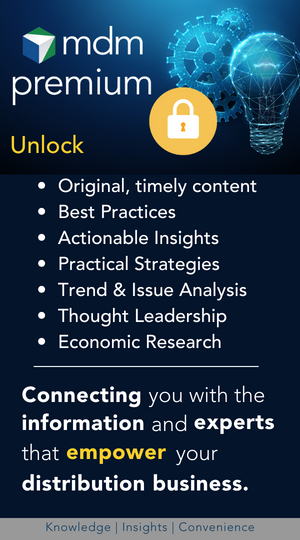Many executives of publicly held companies grouse that Wall Street applies a “different set of rules” to Amazon. The company reports thinner gross margins, smaller profit percentages and wildly fluctuating operating leverage from quarter to quarter but the stock price goes up relentlessly. That strikes many executives as unfair – how does Jeff Bezos get away with it?
Click here to download our free report, Your Amazon Business Playbook.
For some insight, consider a July 2010 interview in which Bezos said, “Our profitability is not our customers’ problem. We don’t take the point of view that we’re going to price products at a particular margin for ourselves. We say we’re going to price products competitively and we’ll figure it out over time, and if we find we can’t ever make money with that product, we’ll stop selling it. But we’re not going to make customers pay for any of our inefficiencies.”
That point of view is markedly different than a traditional view in distribution. It highlights the stark contrast between Bezos’ extreme long-term view versus the quarter-to-quarter orientation of most public companies. Bezos prevails because his strategy is actually more in line with how analysts value stocks – not less so.
Stock analysts typically value securities using discounted cash flow (DCF) models that project five to 10 years of cash flows plus a heavily discounted “terminal value” to account for all of the years beyond what’s in the model. Two very critical values in the DCF are the company’s projected growth rate and the gross margin.
Bezos is relying on driving long-term growth rates to boost Amazon’s stock price while most distribution companies rely on margins. Both approaches are rational; if you can’t grow your business, you don’t have much choice but to manage margins.
Some businesses hate to admit these two variables are related – you can’t escape the law of price elasticity of demand unless you run a monopoly. If you raise prices, you impact your sales – but you have direct control over margins while demand generation investments are inherently speculative. That means you must have an aggressive and effective sales and marketing strategy if you want to rely on growth instead of margins to drive enterprise value.
Bezos’ comments from 2010 reveal his orientation to sales volume first and to then apply relentless operational excellence to wring inefficiencies out of his business. He’s achieving profitability by driving down costs to the point where competitive prices deliver profits, whereas most distributors manage pricing to hit profit targets. This recognizes that, over time, fast revenue growth helps you leverage off of your fixed cost base and funds investment in expertise and automation that drive down operating costs. Almost as a side effect, it feeds one of the most important variables in analysts’ models: growth!
That means if you can figure out how to grow, you can drive your stock price up for a long, long time. In contrast, raising margins is inherently limiting to stock price growth because price elasticity of demand pushes you to a ceiling where you can’t raise prices any further: your sales flatten or decline as you hit your profit-maximizing point between marginal revenue and marginal costs. Long-term revenue growth, on the other hand, can go on for years if you are smart enough to figure out how to do it.
Bezos is that smart. Are you?
Click here to download our free report, Your Amazon Business Playbook.


